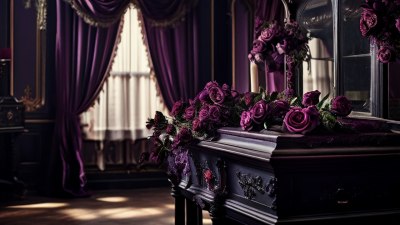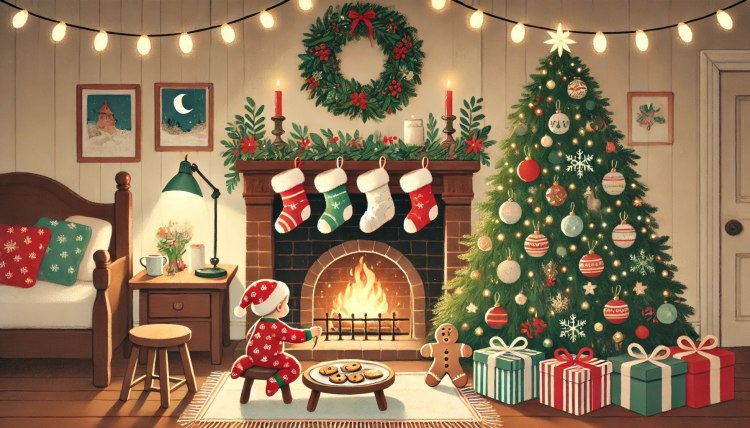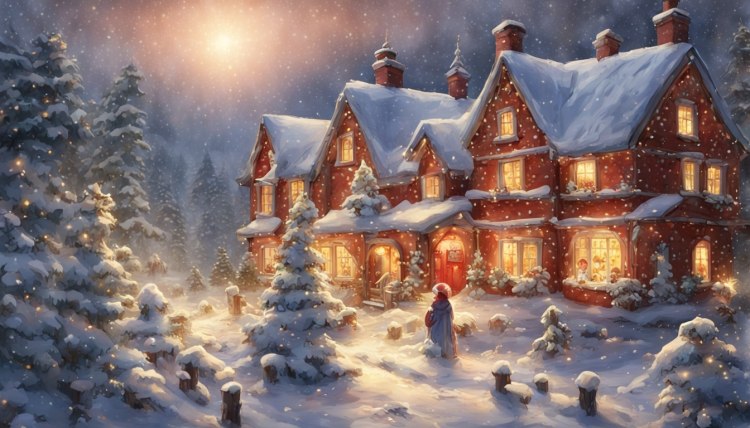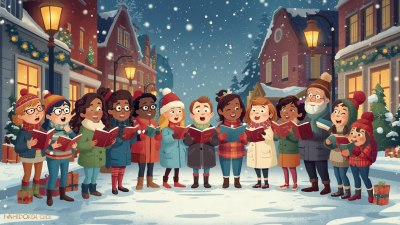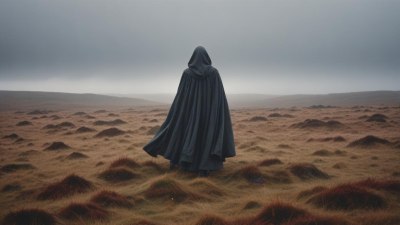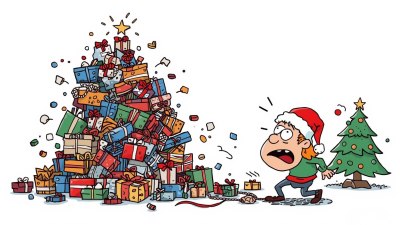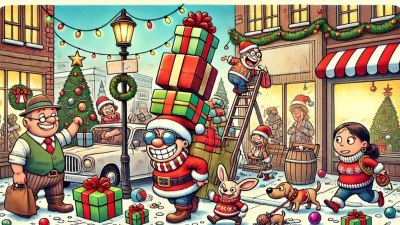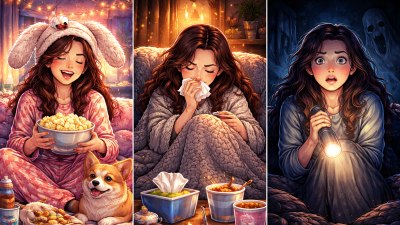Necromancy Nights: Exploring the Dark Art of Communicating with the Dead
Necromancy, the forbidden art of speaking with the dead, has fascinated and terrified for centuries. Explore its history, rituals, and the chilling accounts of those who dare to summon spirits ☠️🔮
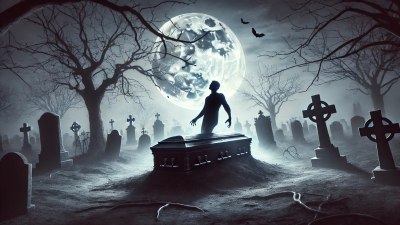
This image was created with the assistance of DALL·E
The Call Beyond the Grave
Since ancient times, humanity has sought ways to pierce the veil between life and death. Whether to seek knowledge, guidance, or power, necromancy—the practice of communicating with the dead—has been revered, feared, and condemned in equal measure.
Whispers of necromantic rituals echo through history, from forbidden texts hidden in dusty tomes to secret midnight ceremonies performed by those who dare to call upon the departed. But is it truly possible to speak with spirits? And if so, what happens when the dead answer back?
The Origins of Necromancy – A History of Dark Whispers
Necromancy is one of the oldest mystical practices, appearing in civilizations across the globe.
- Ancient Greece & Rome: Oracles and priests attempted to speak with spirits for prophecy, often at sacred sites known as necropoleis (cities of the dead).
- Medieval Europe: Necromancers were believed to summon spirits for knowledge or control over the future, though the Church declared such acts to be witchcraft or heresy.
- African & Haitian Vodou: Rituals involving ancestor spirits blend elements of necromancy with deep spiritual traditions.
- The Victorian Era: The rise of seances, spirit boards, and automatic writing saw an explosion of interest in contacting the dead—often with unsettling results.
Across history, necromancers have been seen as both seekers of wisdom and wielders of forbidden power, their art shrouded in secrecy and danger.
The Rituals of Necromancy – Calling the Dead
While methods vary across cultures, many necromantic practices share common themes:
- The Circle of Protection: A sacred boundary drawn to prevent spirits from harming the summoner.
- The Offering: Items such as blood, herbs, candles, or personal objects are used to attract a specific spirit.
- The Invocation: Chants, spells, or prayers are recited to awaken the spirit and summon it forth.
- The Communication: Spirits may speak through signs, objects, mediums, or even possess the necromancer to deliver messages.
Yet, necromancers warn that not all spirits are friendly. Some may lie, deceive, or refuse to leave, leading to terrifying consequences.
Famous Necromancers and Dark Legends
Many figures throughout history have been rumored to practice necromancy. Some sought wisdom, others sought power—but all walked the thin line between life and death.
- The Witch of Endor (Biblical Mythology): Summoned the ghost of the prophet Samuel at the request of King Saul, foretelling his downfall.
- Dr. John Dee (16th Century): An advisor to Queen Elizabeth I, Dee claimed to have spoken with angels and spirits through a black obsidian mirror.
- Aleister Crowley (20th Century Occultist): Believed in ritual necromancy as a means of summoning entities beyond human understanding.
- Marie Laveau (Voodoo Queen of New Orleans): Said to have performed spirit conjurations and rituals, blending Vodou with Catholic mysticism.
These figures left behind mysterious legacies, their practices either lost to time or hidden within secret orders.
The Dangers of Necromancy – When the Dead Won’t Rest
Many caution against practicing necromancy, warning that the dead do not always return as they once were.
- Unfinished Business: Some spirits are angry, confused, or desperate, lingering in our world for reasons unknown.
- Malevolent Entities: Some claim that dark forces disguise themselves as familiar spirits, manipulating the living for their own ends.
- The Price of Power: Legends tell of necromancers driven mad, cursed, or claimed by the spirits they summon.
- Echoes of the Ritual: Once a doorway to the dead is opened, it may never fully close, leaving behind whispers, shadows, and strange occurrences.
Many who have attempted necromantic rituals claim to feel an unshakable presence afterward, as if something followed them back from the other side.
Modern Necromancy – A Forgotten Practice or a Hidden Truth?
Despite its reputation as an ancient and forbidden art, necromancy still exists in various forms today:
- Spirit Boards & Séances: Popularized in the 19th century, these tools remain widely used, though skeptics argue they are merely psychological tricks.
- Electronic Voice Phenomena (EVP): Paranormal investigators attempt to capture voices of the dead through static recordings.
- Mediumship & Ancestral Worship: Some traditions embrace communication with spirits as a form of guidance, rather than fear.
- Dark Web Grimoires: Rumors persist that certain necromantic texts are still circulated in underground occult communities, detailing rituals too dangerous to perform.
So, has necromancy faded into myth, or does it still thrive in hidden circles and midnight rituals?
Would You Dare to Speak with the Dead?
The question remains: If given the chance to call upon the departed, would you take it? Would you risk opening the veil, knowing that what answers may not be what you expect?
Many seek answers from the beyond—but few are prepared for the whispers in the dark that may follow.
Would you step into the circle? Or is the silence of the dead best left undisturbed? ☠️🔮
This content is purely fictional and created for entertainment purposes only. It is all made up and just for fun Any resemblance to real events, places, or entities is purely coincidental... unless the spirits say otherwise. 👁️✨

